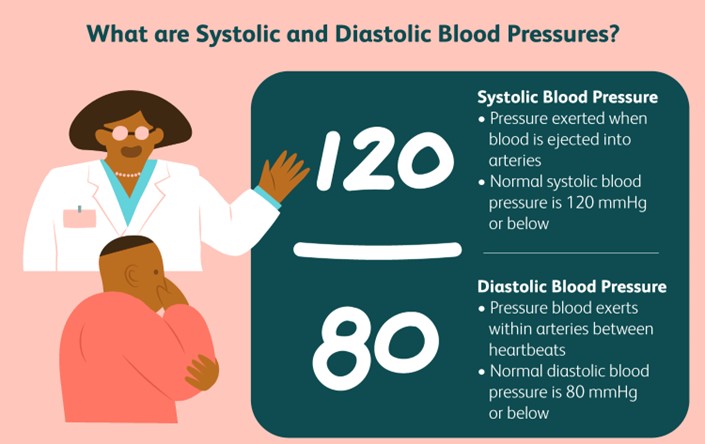A nurse is assessing a client who is receiving dopamine IV to treat left ventricular failure. Which of the following findings should indicate to the nurse that the medication is having a therapeutic effect?
Systolic blood pressure is increased
Radial heart rate is increased
Cardiac output is reduced
Urine output is reduced
The Correct Answer is A
Choice A Reason: This is correct because dopamine is a vasopressor that increases the contractility and stroke volume of the heart, which results in an increased systolic blood pressure.
Choice B Reason: This is incorrect because dopamine can cause tachycardia as a side effect, but this does not indicate a therapeutic effect. An increased radial heart rate can also indicate other conditions, such as anxiety, fever, or dehydration.
Choice C Reason: This is incorrect because dopamine does not reduce cardiac output, but rather increases it by improving the pumping function of the heart.
Choice D Reason: This is incorrect because dopamine does not reduce urine output, but rather increases it by stimulating the renal blood vessels and enhancing renal perfusion.

Nursing Test Bank
Naxlex Comprehensive Predictor Exams
Related Questions
Correct Answer is ["A","C","E"]
Explanation
Choice A Reason: This choice is correct because verifying the prescribed ventilator settings daily is an important intervention to ensure that the client is receiving adequate ventilation and oxygenation. The ventilator settings include parameters such as tidal volume, respiratory rate, fraction of inspired oxygen (FiO2), positive end-expiratory pressure (PEEP), and peak inspiratory pressure (PIP). The nurse should check that the settings match the prescription and report any changes or alarms to the provider.
Choice B Reason: This choice is incorrect because applying restraints if the client becomes agitated is not a recommended intervention to prevent complications. Restraints may cause injury, infection, or psychological distress to the client and increase the risk of ventilator-associated pneumonia (VAP). The nurse should use alternative methods to manage agitation, such as sedation, analgesia, or environmental modification.
Choice C Reason: This choice is correct because administering pantoprazole as prescribed is an important intervention to prevent complications. Pantoprazole is a proton pump inhibitor (PPI) that reduces the production of stomach acid and prevents gastroesophageal reflux disease (GERD) and stress ulcers. These conditions can cause aspiration, bleeding, or infection in clients who are receiving mechanical ventilation.
Choice D Reason: This choice is incorrect because repositioning the endotracheal tube to the opposite side of the mouth daily is not a recommended intervention to prevent complications. Repositioning the endotracheal tube may cause trauma, bleeding, or displacement of the tube, which can compromise the airway and ventilation of the client. The nurse should secure the tube with tape or a device and check its position regularly using chest x-ray or end-tidal CO2 monitoring.
Choice E Reason: This choice is correct because elevating the head of the bed to at least 30° is an important intervention to prevent complications. Elevatin the head of the bed helps to reduce the risk of aspiration, which is the inhalation of gastric contents or secretions into the lungs. Aspiration can cause pneumonia, atelectasis, or respiratory failure in clients who are receiving mechanical ventilation.

Correct Answer is ["24"]
Explanation
- To find the concentration of heparin in the solution, divide the amount of heparin by the volume of D5W: 25,000 units / 500 mL = 50 units/mL
- To find the infusion rate, divide the prescribed dose by the concentration: 1,200 units/hr / 50 units/mL = 24 mL/hr
- Round the answer to the nearest tenth/whole number: 24 mL/hr
Whether you are a student looking to ace your exams or a practicing nurse seeking to enhance your expertise , our nursing education contents will empower you with the confidence and competence to make a difference in the lives of patients and become a respected leader in the healthcare field.
Visit Naxlex, invest in your future and unlock endless possibilities with our unparalleled nursing education contents today
Report Wrong Answer on the Current Question
Do you disagree with the answer? If yes, what is your expected answer? Explain.
Kindly be descriptive with the issue you are facing.
